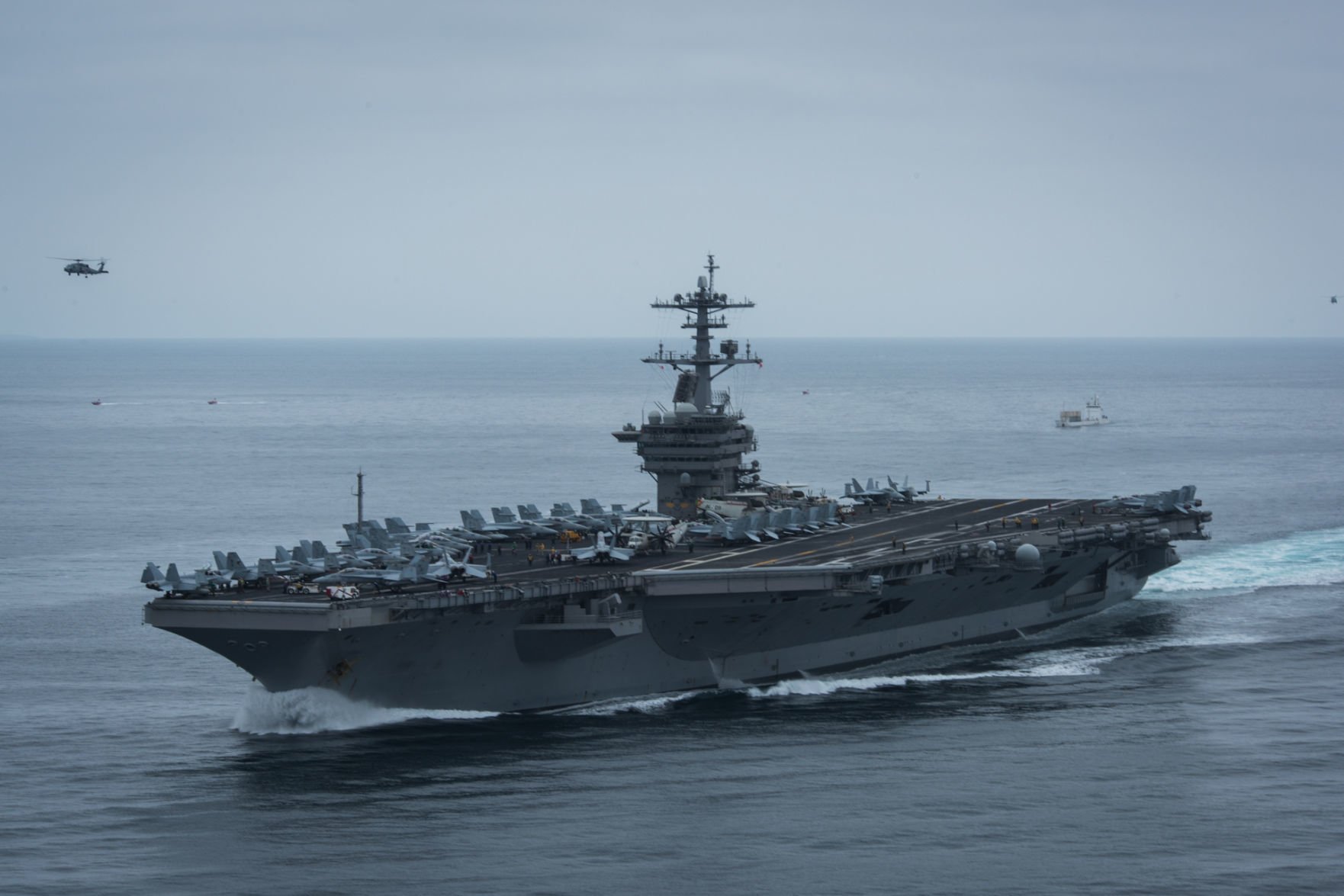
The Observer categorically judged that “ sailing into imperial delusions is no way to run foreign policy.” The Financial Times went to great lengths to present remarks by U.S. The British media has heavily criticized this deployment.

The answers to these questions are far from trivial. Why is Britain deploying its carrier to the Indo-Pacific? What does this deployment tell us - if anything - about how British strategy is changing? Will this renewed interest “east of Suez” compromise Britain’s ability to meet commitments elsewhere - crucially within the Euro-Atlantic area? And, relatedly, why does this all matter to the United States and Britain’s partners in the wider region?
#AIRCRAFT CARRIER BATTLE GROUP UPGRADE#
Combined with the recent announcement of an upgrade in air defense capabilities for Type 45 destroyers, and the progress of the Type 26 frigate program, the Royal Navy is on track to become the primary military expression of the statecraft and international security role of a post-Brexit “Global Britain.” Whilst recent reports have raised reservations on the long-term affordability of current procurement plans, and as public opinion in the United Kingdom remains unclear as to the logic behind Britain’s renewed interests “east of Suez,” the remarkable nature of this effort raises four crucial questions. The strike group represents a decisive step in Britain’s long-term renewal of its military capabilities and a visual statement of the Johnson government’s desire to “ restore Britain’s position as the foremost naval power in Europe.” HMS Queen Elizabeth, with its air wing of F-35Bs, stands as a quantum leap in carrier capabilities for the fleet after a decade-long “fixed wing carrier holiday” following the decommissioning of the venerable HMS Ark Royal. Judging by the fact that, shortly after the crossing, the carrier group was already conducting an exercise with the Japanese destroyer JDS Setogiri in the Gulf of Aden, there is a clear commitment to meet this ambitious agenda. By the end of the second phase, the strike group will have visited more than 40 countries conducted approximately 70 engagements, exercises, and operations and sailed over 26,000 nautical miles. It is no coincidence that the first phase of the deployment included an array of NATO exercises, and support to the NATO operation Sea Guardian in the Black Sea, including a test of Russia’s revisionist territorial claims by HMS Defender, one of the carrier’s escorts.

This deployment, led by the new aircraft carrier, HMS Queen Elizabeth, marks a renewed determination to wield British maritime power and influence “east of Suez.” The carrier group’s schedule crucially suggests that Britain intends to venture well into the Indo-Pacific and give substance to its engagement in the region’s security dynamics, without undermining its Euro-Atlantic commitments. The last carrier deployment to the region marked a decline in British Indo-Pacific presence, as the task group visited Hong Kong prior to the handover of the former colony to the People’s Republic of China.

On July 6, a British carrier strike group passed through the Suez Canal, heading to the South China Sea and the Western Pacific Ocean for the first time since 1997.


 0 kommentar(er)
0 kommentar(er)
